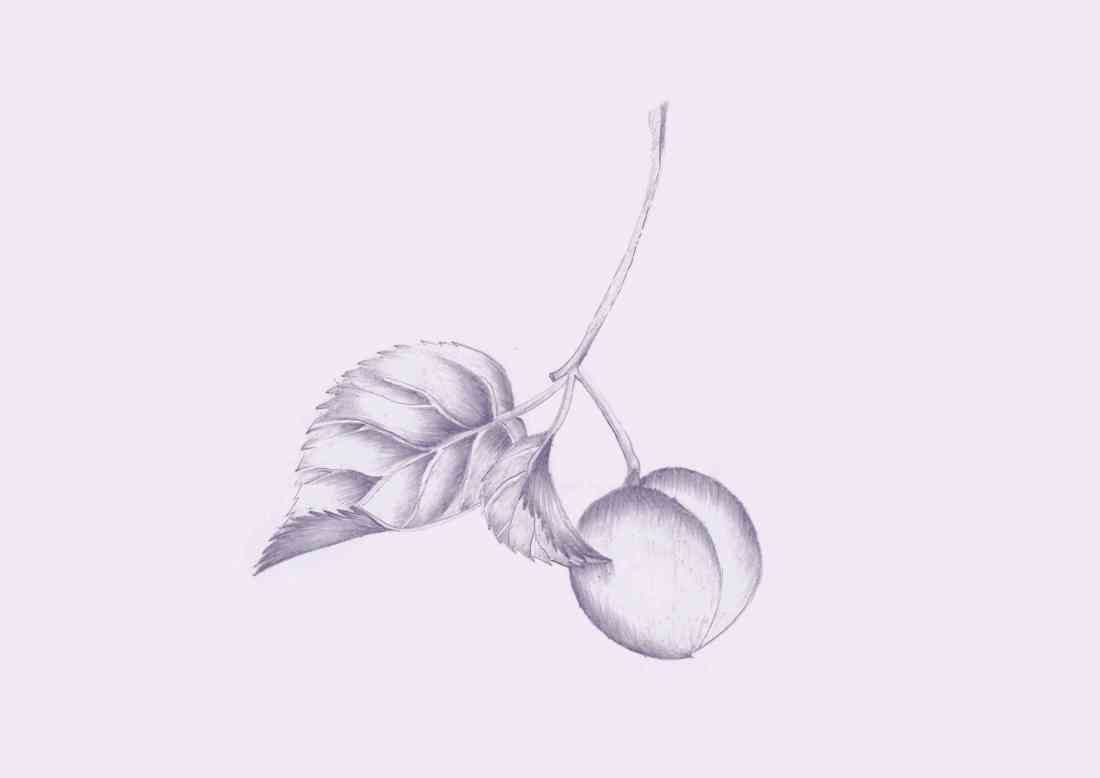Category — Recipes

Ginny's Jam
A gift of plums from Fiona Smith’s tree in Western Springs, slightly overripe, is either going to be devoured as is, stewed or alternatively made into jam.
Traditionally jams are made with equal weight of fruit to sugar, essential for long preservation as well as giving the jam a firmer set. However while you still need to be scrupulous with sterilising your jars and equipment, you can get away with a lot less sugar depending on how sweet the fruit is; and how you store it. If you are making a jam with tart plums you’ll need to increase the sugar.
Once opened store the jam in the fridge. I tend to make jam in small batches, maybe 3 – 4 jars
worth at a time. Faster, less stress and more manageable.
You can leave the stones in the jam, it’ll help add a slightly nutty aroma, but it can be a palaver
removing them before bottling. I tend to halve the plums and flick out the stones. If I can be bothered I’ll wrap the stones in a piece of cheesecloth and add to the pot, removing at the end before bottling.
Pectin is required to set jams; some fruits are high in pectin — citrus, apples and pears, quince etc, but softer fruits tend to be lower. Generally speaking; a tart fruit tends to be higher in pectin. Use either a pectin sugar, or add a good amount of lemon juice during cooking (a little extra lemon juice added at the end of cooking helps to liven up the flavours).
Your grandmother would probably tell you that the best way to see if jam is cooked is to test it on chilled or frozen saucers. She’s right. To test if it’s reached setting point put a spoonful of the jam on the plate, allow to cool for a minute or two, run your finger through the mix. It should leave a clear path and slightly wrinkle. If you have a sugar thermometer the setting point in 104.5°C.
I generally sterilise jars, lids, and ladles by washing in soapy water, putting into boiling water for 5 minutes then putting the jars (but not the lids) into a 170°C oven to dry out.
1kg plums, halved and stones removed
500g white sugar
juice of 1 – 2 lemons
50mls gin (I like ones with plenty of botanicals such as Bombay Sapphire)
Put the plums in a pan and cook gently until the fruit is very tender, around 20 – 30 minutes.
Gradually add in the sugar and the lemon juice and stir to dissolve. Bring up to the boil, but don’t
stir the fruit and sugar in the pan while it heats as it lowers the cooking temperature. Boil rapidly, stirring occasionally, until it reaches setting point (a slow boil can break down pectin so your jam
won’t set). Start checking after 5 – 10 minutes. If at this point the jam doesn’t seem sweet enough,
add a little more sugar and bring back to a boil.
Once the jam has reached setting point take off the heat. Skim off any scum. Add the gin. Taste
the jam adding a little more gin or lemon juice if necessary (too much gin and the jam won’t set).
Ladle into warm sterilised jars and seal. When cool, label and date. Keeps for at least a year, but refrigerate once opened.